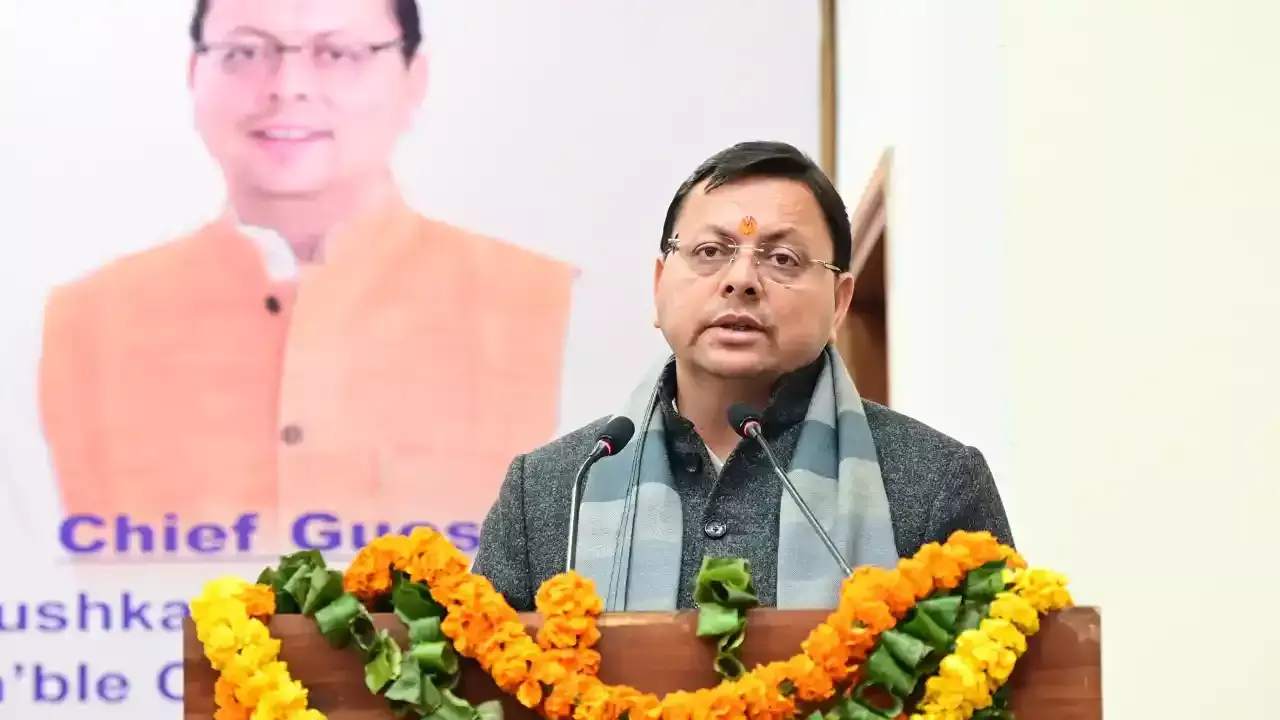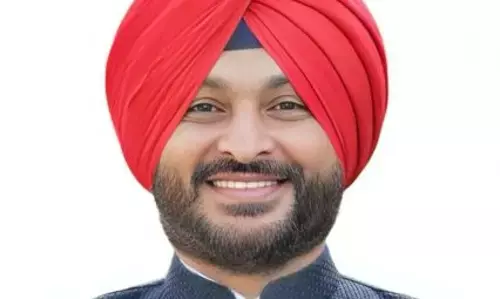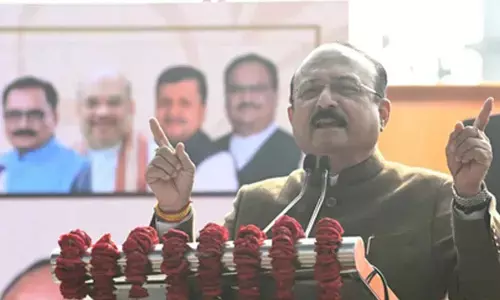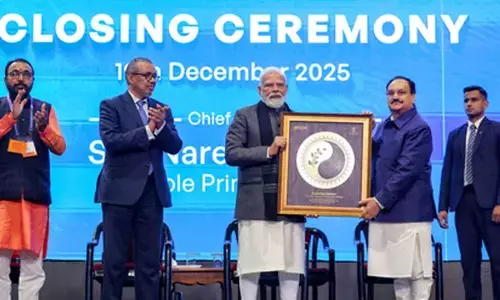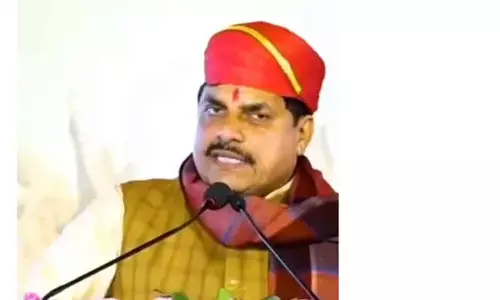The tale of a court singer

The Tale of a Court Singer, Pandit Vithal Rao, Beauty of the Ghazal. It was like opening the Pandora’s Box as he opened a small grey briefcase from where some old diaries appeared wearing colourful jackets in red, brown, green and blue.
It was like opening the Pandora’s Box as he opened a small grey briefcase from where some old diaries appeared wearing colourful jackets in red, brown, green and blue. “I have a collection of almost 4,000 Urdu poetry and ghazals; these are just few of them,” said the living legend of ghazal and the pride of Hyderabad city, Pandit Vithal Rao. “These days I find it easier to perform before smaller audience where music connoisseurs come to listen to what I am going to sing, instead of sending in their requests,” shares the singer who started his musical training from the age of five, and started performing at the court of the last Nizam of Hyderabad, Nawab Osman Ali Khan from when he was 10-years old. “That was a different time. Now it sounds like a fairy tale.
Nawab sahib used to send a buggy (Horse pulled car) to pick me up from our house. He used to give me poetry written by other court poets or sometimes him, and asked me to compose instantly and sing before him,” recalled the erstwhile court singer. Since he received lots of appreciations from the Nawab and other connoisseurs for his talent, he gained in confidence to continue his journey as a singer. “As a young singer, receiving kind words from the Nawab Sahab left me with a euphoric feeling,” shared the 84 year--old man who still performs like any young star sitting with his folded legs, touching his voice on high pitch notes for five hours! “Come on, I am just 84! Don’t count me as a poor old man,” he laughs.
Ghazal is the only music form that has been developed and practiced by classy people, court poets, Nawabs or the higher class of the society, but it has not been considered as a classical music form in Indian music history. In Hyderabad, the practice and development of ghazal started from the time of the fourth Nawab. Therefore, it is clear that to understand the beauty of the ghazal, one has to have command over language and literature. The reason it has not been practiced by the modern generation is the lyrical complexity in Urdu language. So, modern poets are writing couplets in simple Urdu which has been appreciated by purists and senior music connoisseur as well. But Panditji makes a point here, “The pure Urdu poetry that is woven with melodious ragas is the beauty of the ghazal. We should not compromise on our pure form; just because, young people are influenced by western culture.”
Though he has vision loss in one eye and his heart ailment tires him out fast when he talks for long, thankfully his musical vision has stayed intact. He believes that the younger generation’s involvement is important to keep any traditional art form alive, and so he is mentoring many students since over 40 years at his residence, Sangeeta Sadhana, Goshamahal. “All students have their own quality with different voice textures, style of pronunciation as they come from different cultural background; I train them individually instead of generalising them.”
While hundreds of students come to learn from him from across the country, none of his children have taken up music professionally or in regular practice to continue the legacy. He believes that music is the sound of soul and no one can teach music forcefully. Pandit Vithal Rao’s Nawabi style of singing ghazals will be alive among his students who are in thousands. However, much to the dismay of his students and the lovers of his music, due recognition of his prowess from the Government of India is yet awaited.
Let’s hope that Panditji will receive a deserving honour from the Government soon. Not that it matters to him as he continues to enthrall his audience and pass on his legacy to the younger lot.
Next Story








